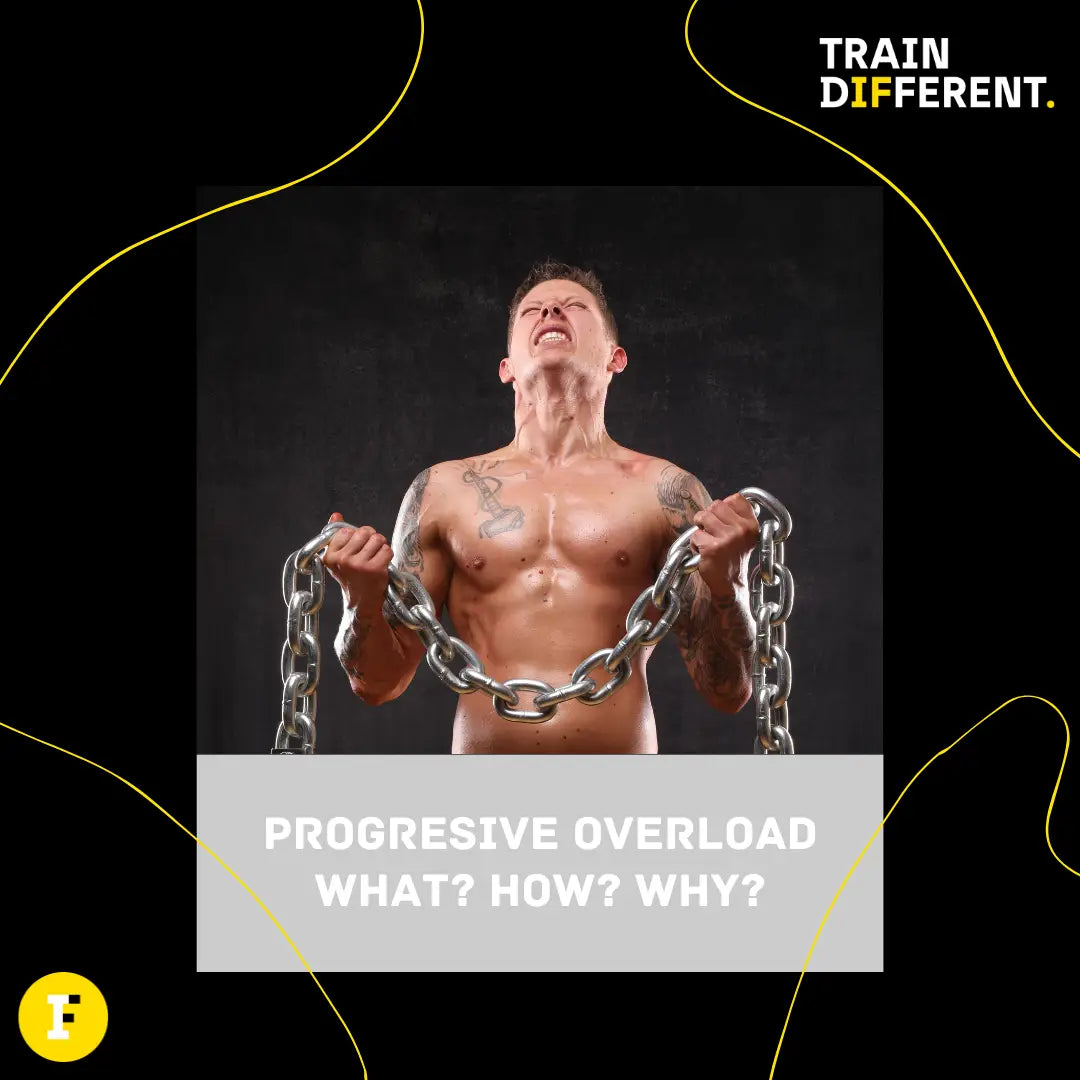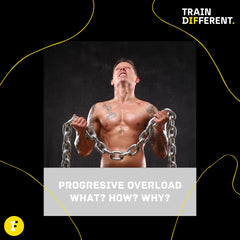
Harnessing the Power of Progressive Overload in Exercise
Share

If you’re looking to maximize your gains and push your body to new limits, progressive overload is a concept you need to understand and incorporate into your training routine. By utilizing progressive overload effectively, you can achieve impressive results and improve your overall performance in the gym or on the field.
In this blog post, we’ll dive into the details of progressive overload, its mechanics, and the best ways to apply it in your training regimen.
What is Progressive Overload?
Progressive overload is a fundamental principle of strength training and exercise in general. It’s based on the idea that in order to continually see improvements in strength, endurance, or muscle size, you need to consistently increase the demands placed on your body. Simply put, to encourage muscle growth, increased endurance, and greater strength, you must regularly challenge your body by stepping up the intensity or volume of your workouts. This gradual progression ensures you continue to see results, avoid plateaus, and keep your sessions both effective and rewarding.
How Does Progressive Overload Work?
Our bodies are incredibly adaptable. When subjected to new and challenging stimuli, they respond by making physiological changes to better handle the demands. In the context of exercise, this means your muscles, connective tissues, and even your cardiovascular system become more efficient at handling increased workloads as you continually increase the load or intensity of your workouts. This adaptation results in measurable progress—such as increased muscle mass, higher levels of fitness, and greater overall athletic performance, which are key motivators for many seeking to optimize their health and training outcomes.
How to Utilize Progressive Overload in Your Training
There are several ways to implement progressive overload in your workouts. It’s essential to choose the method that best aligns with your goals and current fitness level.
Here are some of the most common methods:
Finding the Right Balance
While progressive overload is essential for growth and improvement, it’s important not to advance too quickly. Overloading your body at an unsustainable rate may lead to injuries or overtraining, interrupting progress and reducing motivation. Instead, listen to your body and aim for gradual increases—whether that means adding a bit more weight, performing extra reps, or slightly intensifying your workouts. Equally important is ensuring adequate periods of rest and recovery, so your body has the opportunity to repair, build new muscle, and deliver lasting results from your efforts.
In conclusion, integrating progressive overload into your training routine is a proven strategy to transform your fitness and performance. Understanding how to increase the demands of your workouts—through weight, volume, frequency, or intensity—enables you to unlock greater strength, muscle development, and endurance. The key is patience and consistency; always maintain proper form and give your body time to adapt between sessions. This approach keeps your training safe, effective, and aligned with your long-term fitness goals.
Read more at: https://www.trainerize.me/articles/harnessing-the-power-of-progressive-overload-in-exercise/